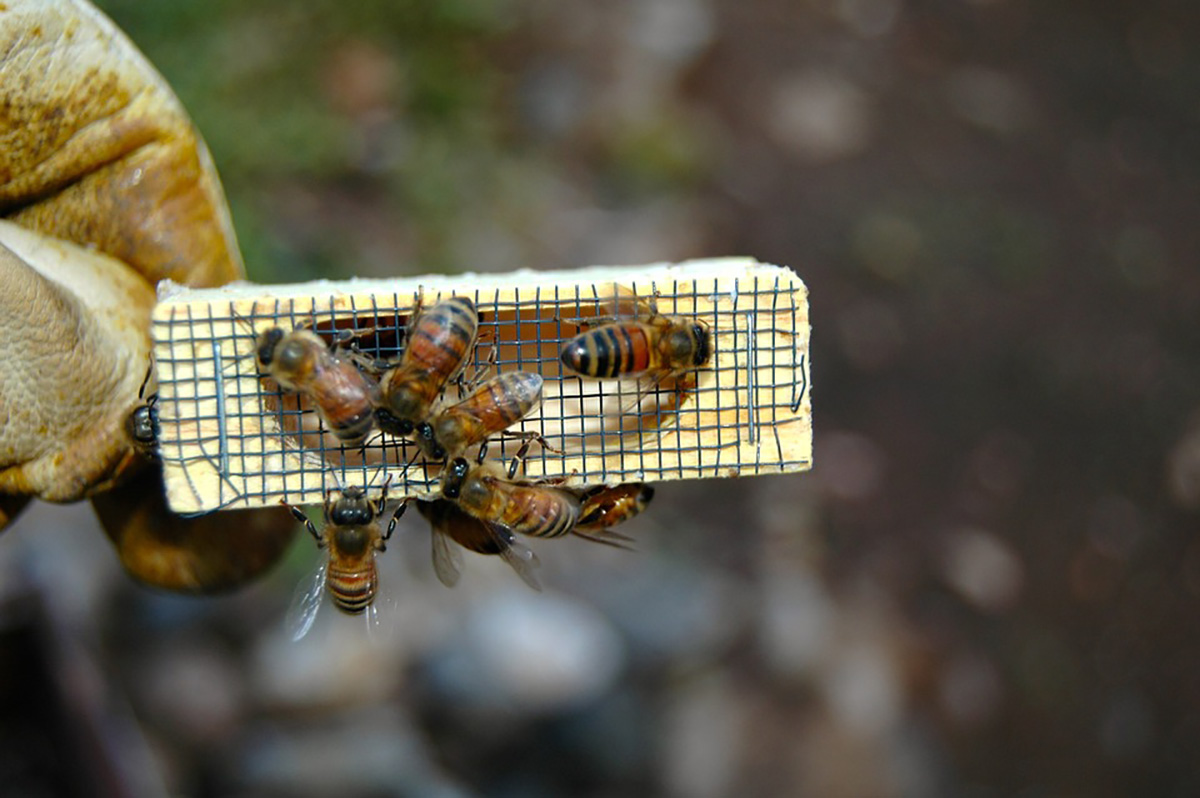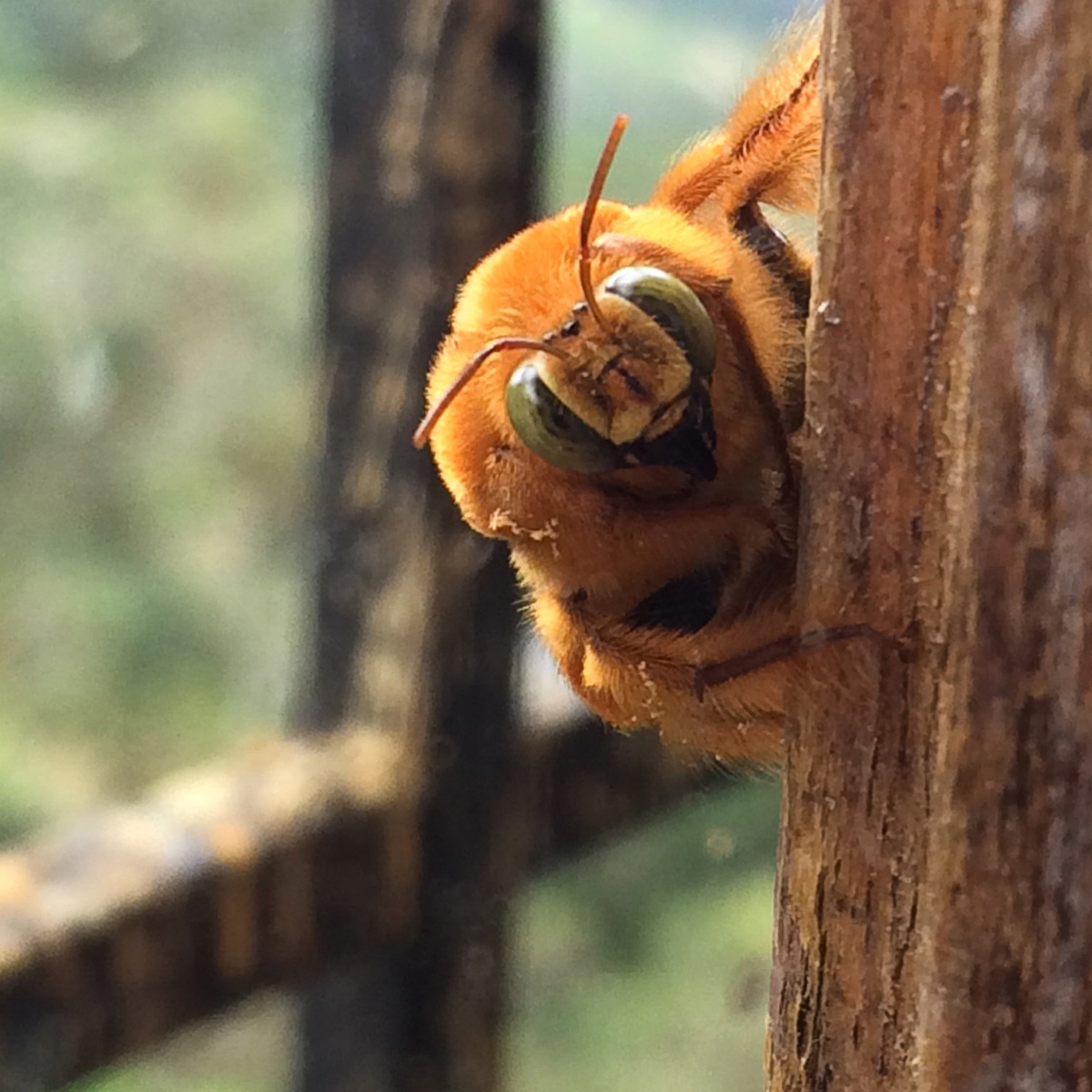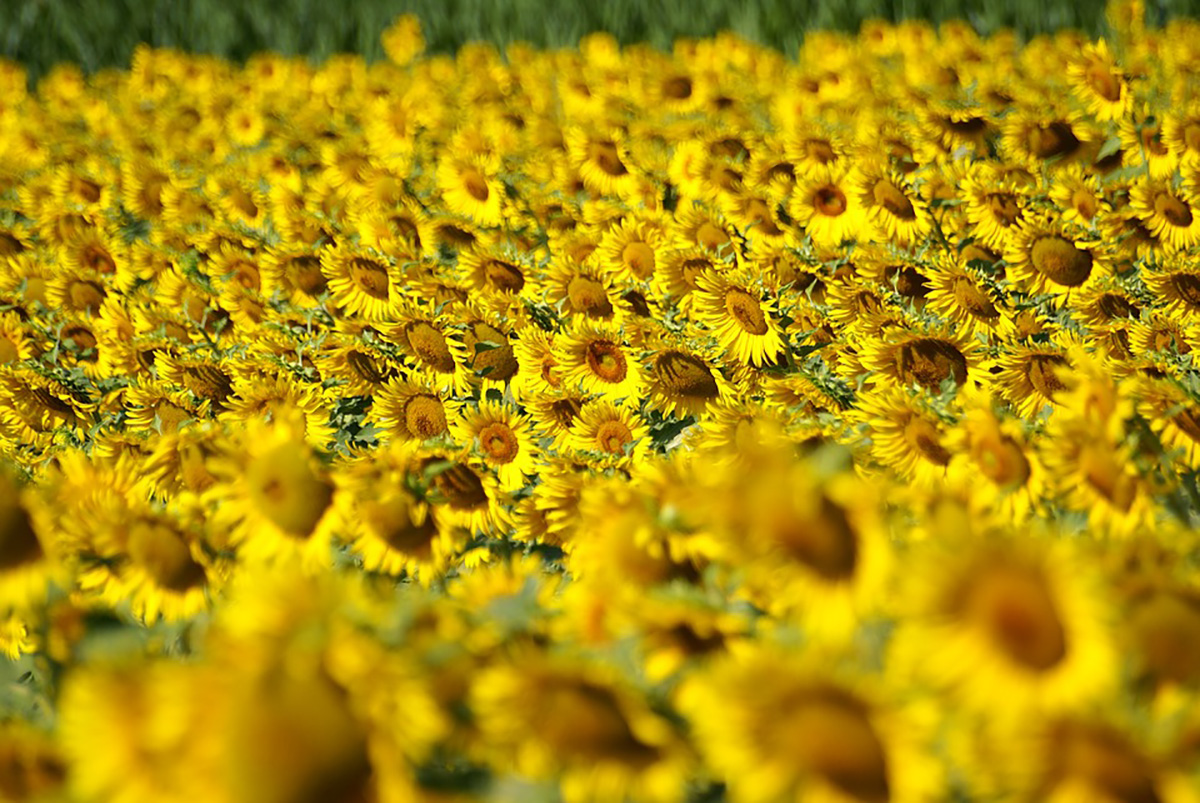This new method used during the summer, "the flowering season" could have a better scope in tropical countries such as Colombia because it has crops all year.
This technology is being applied by Guelph University (Canada) Professor Peter Kevan, entomology, botany, and ecology specialist.
The expert uses bees and bumblebees; pollinators impregnated with spores of microorganisms capable of fighting diseases, which also helps increasing production considerably.
Professor Kevan visited Colombia within the framework of cooperation agreements with academic institutions of other countries with the purpose of lowering the incidence of pests, fungus, and other crop diseases.
In developing a research project funded by the Agroindustrial Technological Corridor of Bogotá and Cundinamarca, Kevan said his experience includes zoological and botanical aspects such as wind pollination.
"I have worked in pollinating specific crops and wild plant species as well as particular pollinators, in ecological communities, ecosystems, and landscapes. We have also developed a program to control the coffee berry borer, botrytis, and anthracnosis (Colletotrichum), in coffee," said Kevan.
Transporters of biological agents
After 25 years of studies, the researcher began working with a Canadian firm interested in natural products to disperse these biovectors and due to the characteristics of the technology it must be maintained separated from honey production.
"At the exit of bee and bumblebee beehives we place a disperser so they become impregnated with a unique biological agent powder developed to fight against pests; I also designed the dispenser which is now produced industrially," said Kevan.
The active agent is a diluted fungus in inert ingredients which forms a powder which adheres to the hairs which cover the body of the bees. The dose must be very precise as not to affect the pollinators.
As the pollinators or biovectors deposit the agent over the flowers, it is possible to control fungi, and other pests which covered by the controller cannot propagate.
Each cycle works with between 60 and 300 bumblebees and is then increased in ten weeks. For bees, the amount could reach between 20,000 to 60,000 specimens.
"Bees do not work in greenhouses, but bumblebees do. Furthermore, due to the number of bumblebees, it is easier to handle these types of beehives as the traps are smaller and simpler, and the powder lasts longer, although it needs to be replaced in three days," said Kevan.
While the flight scope of action of bumblebees is between 100 and 600 meters (328 and 1,968 ft.), that of bees could be longer although research have not yet accounted for this with precision. In the case of working with honey-producing beehives for human consumption they recommend using a biocontroller which avoids any risk of contamination which could affect people.
Professor Kevan was invited by the UNal Directorate of Research and Extension to contribute and help implement new technologies. He will also teach a course for graduate students and contribute to strengthening high-level education and building new research projects along with Guelph University.
 Correo Electrónico
Correo Electrónico
 DNINFOA - SIA
DNINFOA - SIA
 Bibliotecas
Bibliotecas
 Convocatorias
Convocatorias
 Identidad UNAL
Identidad UNAL








